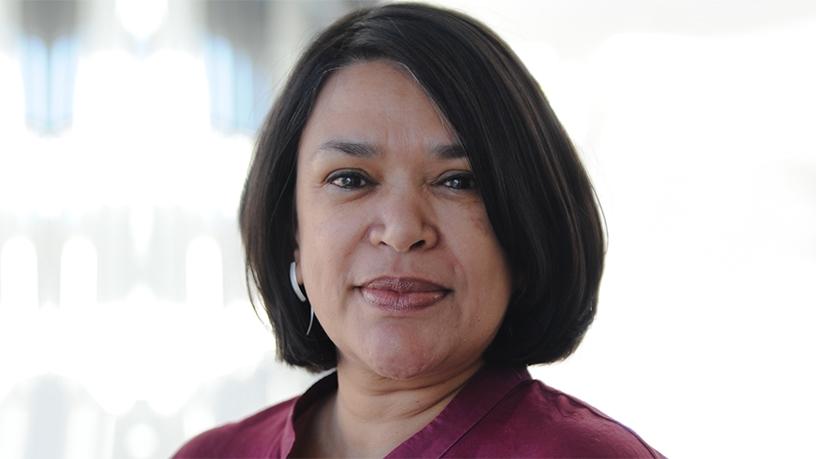
Renewable energy industry body, the South African Wind Energy Association (SAWEA), says by 2030, wind should make up just over 15% of the country's power mix, assuming all 8 100MW of new procurement is achieved timeously, bringing onshore wind to 11 442MW in total.
This as SAWEA's submission in response to Integrated Resource Plan (IRP) update of 2018 questions the basis for investment choices made, particularly in relation to employment, investment and manufacturing sector growth effects.
In August, energy minister Jeff Radebe published the long-awaited IRP 2018, a 20-year energy roadmap to meet SA's future power needs.
The government envisages that in 2030, the energy mix will consist of 34 000MW of coal, representing 46% of installed capacity; 11 930MW of gas, or 16% of installed capacity; 11 442MW of wind, or 15% of installed capacity; 7 958MW of photovoltaic (PV, or solar); and 4 696MW of hydropower, or 6% of installed capacity.
Energy transitions
SAWEA calls for the reconsideration of key assumptions relevant to coal and the energy transition context.
It pays particular attention to the planned sequence of wind procurement, which currently suggests a three-year gap between 2022 and 2024.
The association cautions against excluding important real-world input assumptions from the least-cost scenario and the policy-adjusted recommended plan and questions the financial viability of the plan.
According to SAWEA, the 'least-cost' scenario is not, in fact, least-cost as it does not account for several important known and anticipated market realities.
SAWEA believes that should key factors such as the impact of large-scale technology trends, the effects of the proposed Carbon Tax on the cost of generation by proposed coal power investment and current data on Eskom's fleet efficiency not be considered, very different investment choices would be made.
The submission also provides data as to the negative socio-economic and economic effects of inconsistent procurement.
"We recognise the economic challenges that South Africa needs to overcome in the short-term, and based on evidence, we believe renewables have a viable contribution to make in both the short- and long-term," says Brenda Martin, CEO of SAWEA.
SAWEA puts forward an argument that questions the draft IRP's financially viability, pointing out it is premised on a revenue plan for the energy sector, predominantly Eskom, that is unachievable.
Eskom crisis
The industry body notes that modelled data confirms the plan, in its current form, will likely increase the probability and magnitude of a financial crisis at Eskom, with direct knock-on effects for the economy.
"For the plan to be credible and result in both short- and long-term multiplier benefits to South Africa, it has to be reconsidered on a truly least-cost basis," Martin notes.
Based on the industry's experience of the effects of stop-start procurement over the past two years, SAWEA says its submission draws attention to the inter-linkages between consistent procurement and market effects.
It says the industry is not supportive of the draft proposal in the short-term to delay new renewable energy procurement and then later on in quick succession, introduce a large amount of new procurement.
As recent experience has shown, one of the main effects of such a procurement gap is that it will have a direct and immediate impact on employment, particularly at manufacturing facilities and support services during the idle years, SAWEA says.
The association says evidence points to the benefits of a plan that contains a consistent and possibly larger wind power build programme, including a crucial opportunity for government to demonstrate its climate change commitments by bringing forward investment in renewable energy. This will assist SA to achieve the lower range of its 2030 target, as well as avoid the costs associated with continued maintenance and investment in coal-fired power.
SAWEA says the country's renewable energy programme has been, by far, the largest source of foreign direct investment in SA. It adds it is well-placed to contribute to the achievement of government's objectives to attract R1 trillion of new investment and create local industries that support the growth of employment.
Share